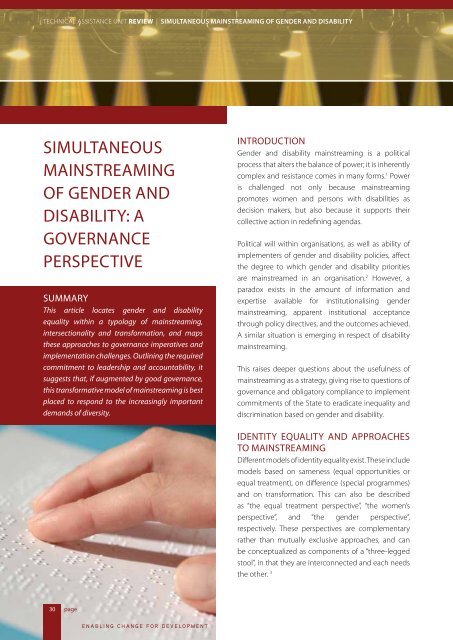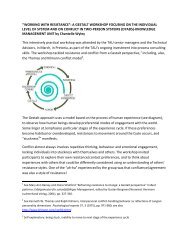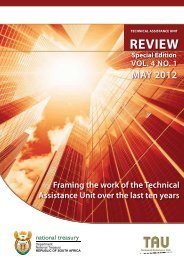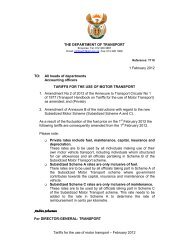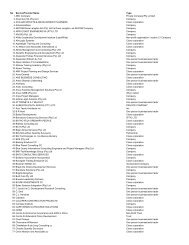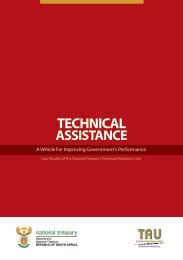Review 3 final 2 - TAU - National Treasury
Review 3 final 2 - TAU - National Treasury
Review 3 final 2 - TAU - National Treasury
You also want an ePaper? Increase the reach of your titles
YUMPU automatically turns print PDFs into web optimized ePapers that Google loves.
TECHNICAL ASSISTANCE UNIT REVIEW | SIMULTANEOUS MAINSTREAMING OF GENDER AND DISABILITY<br />
SIMULTANEOUS<br />
MAINSTREAMING<br />
OF GENDER AND<br />
DISABILITY: A<br />
GOVERNANCE<br />
PERSPECTIVE<br />
Summary<br />
This article locates gender and disability<br />
equality within a typology of mainstreaming,<br />
intersectionality and transformation, and maps<br />
these approaches to governance imperatives and<br />
implementation challenges. Outlining the required<br />
commitment to leadership and accountability, it<br />
suggests that, if augmented by good governance,<br />
this transformative model of mainstreaming is best<br />
placed to respond to the increasingly important<br />
demands of diversity.<br />
Introduction<br />
Gender and disability mainstreaming is a political<br />
process that alters the balance of power; it is inherently<br />
complex and resistance comes in many forms. 1 Power<br />
is challenged not only because mainstreaming<br />
promotes women and persons with disabilities as<br />
decision makers, but also because it supports their<br />
collective action in redefining agendas.<br />
Political will within organisations, as well as ability of<br />
implementers of gender and disability policies, affect<br />
the degree to which gender and disability priorities<br />
are mainstreamed in an organisation. 2 However, a<br />
paradox exists in the amount of information and<br />
expertise available for institutionalising gender<br />
mainstreaming, apparent institutional acceptance<br />
through policy directives, and the outcomes achieved.<br />
A similar situation is emerging in respect of disability<br />
mainstreaming.<br />
This raises deeper questions about the usefulness of<br />
mainstreaming as a strategy, giving rise to questions of<br />
governance and obligatory compliance to implement<br />
commitments of the State to eradicate inequality and<br />
discrimination based on gender and disability.<br />
Identity Equality and Approaches<br />
to Mainstreaming<br />
Different models of identity equality exist. These include<br />
models based on sameness (equal opportunities or<br />
equal treatment), on difference (special programmes)<br />
and on transformation. This can also be described<br />
as “the equal treatment perspective”, “the women’s<br />
perspective”, and “the gender perspective”,<br />
respectively. These perspectives are complementary<br />
rather than mutually exclusive approaches, and can<br />
be conceptualized as components of a “three-legged<br />
stool”, in that they are interconnected and each needs<br />
the other. 3<br />
30<br />
page<br />
Enabling change for development


